A strong and toned core not only enhances your physical appearance but also plays a vital role in maintaining good posture and overall stability. While the idea of getting fit may seem daunting, you’ll be surprised to learn that you can achieve significant results with a few easy ab exercises right in the comfort of your own home. In this blog post, we will guide you through a selection of simple yet effective exercises that will help you sculpt your core and achieve your fitness goals.
5 Easy Ab Exercises You Can Do At Home
Plank
The plank is a fundamental exercise that targets multiple muscle groups, including the abdominals, obliques, and lower back. It is renowned for its ability to strengthen the core muscles and improve overall stability. Holding the plank position activates the deep core muscles, which help support the spine and improve posture.
Studies have shown that regular plank exercises can lead to improvements in core muscle endurance, strength, and functionality (1). Additionally, a strong core can reduce the risk of lower back pain and enhance athletic performance in various sports and activities.
How to do a plank:
a. Start by lying face down on the floor or mat.
b. Place your forearms on the ground, elbows aligned with your shoulders.
c. Lift your body off the ground, supporting it on your forearms and toes, creating a straight line from head to heels.
d. Engage your core by pulling your belly button towards your spine.
e. Hold this position for 30-60 seconds, focusing on maintaining proper form and breathing steadily. f. Gradually increase the duration as your core strength improves.
Bicycle Crunches
Bicycle crunches are an effective exercise for engaging both the upper and lower abdominal muscles. They involve a twisting motion that targets the oblique muscles, helping to create definition and tone in the midsection.
Research has demonstrated that bicycle crunches activate the rectus abdominis (the “six-pack” muscles) and the external obliques to a greater extent compared to other common ab exercises (2). By incorporating bicycle crunches into your routine, you can effectively strengthen and sculpt your abs.
How to do bicycle crunches
a. Begin by lying flat on your back on the floor or mat.
b. Place your hands gently touching the sides of your head, elbows out to the sides.
c. Lift your shoulders off the ground, engaging your core.
d. Bring your right knee towards your chest while simultaneously twisting your torso, bringing your left elbow towards your right knee.
e. Alternate sides by extending your right leg and bringing your left knee towards your chest, twisting to touch your right elbow to your left knee.
f. Repeat this motion for 10-15 repetitions on each side, focusing on controlled movements and engaging your abs throughout.
Russian Twists
Russian twists primarily target the oblique muscles, which play a crucial role in trunk rotation and stability. Strengthening the obliques can enhance athletic performance, improve posture, and reduce the risk of lower back injuries.
A study published in the Journal of Strength and Conditioning Research found that Russian twists activate the external obliques significantly more than traditional crunches (3). By adding this exercise to your routine, you can effectively target and strengthen your oblique muscles.
How to do Russian Twists
a. Sit on the floor with your knees bent and feet flat, hip-width apart.
b. Lean back slightly, keeping your back straight.
c. Lift your feet off the ground, balancing on your sit bones.
d. Clasp your hands together in front of you or hold a weight for added intensity.
e. Twist your torso from side to side, touching your hands (or weight) to the floor on either side of your hips.
f. Perform 15-20 controlled twists, focusing on engaging your oblique muscles throughout the movement.
Reverse Crunches
Reverse crunches primarily target the lower abdominal muscles, which are often harder to engage compared to the upper abs. Strengthening the lower abs helps improve core stability, reduces the risk of lower back pain, and enhances overall abdominal definition.
A study published in the Journal of Orthopaedic & Sports Physical Therapy compared various abdominal exercises and found that reverse crunches were among the most effective for activating the lower rectus abdominis (4). By incorporating reverse crunches into your routine, you can effectively target and strengthen your lower abs.
How to do Reverse Crunches
a. Lie on your back on the floor or mat with your arms extended along your sides. b. Lift your legs off the ground, bending your knees at a 90-degree angle. c. Engage your core as you lift your hips off the ground, bringing your knees towards your chest. d. Slowly lower your hips back to the starting position without touching the ground. e. Aim for 12-15 repetitions, focusing on controlled movements and maintaining proper form.
Standing Side Bends
Standing side bends are a dynamic exercise that engages the oblique muscles, promoting flexibility and strengthening the side waist. Strong obliques improve rotational stability and enhance functional movements.
A study published in the Journal of Sports Sciences found that side bends effectively activate the external and internal obliques (5). By incorporating standing side bends into your routine, you can enhance the strength and tone of your oblique muscles.
How to do standing side bends
a. Stand tall with your feet shoulder-width apart. b. Place your hands on your hips or hold a weight in one hand for added resistance. c. Keeping your upper body straight, bend slowly to the right side, focusing on contracting the oblique muscles. d. Return to the starting position and repeat on the left side. e. Perform 10-12 reps on each side, ensuring smooth and controlled movements.
Remember to warm up before starting your workout and to listen to your body. If you experience any discomfort or pain, modify the exercises or consult a fitness professional.
Sample Ab Workout Circuits
Here are three different ab workouts that you can incorporate into your routine:
Workout 1: Beginner’s Ab Circuit
- Plank: Hold for 30 seconds.
- Reverse Crunches: 12-15 repetitions.
- Standing Side Bends: 10-12 repetitions on each side.
- Rest for 60 seconds.
- Bicycle Crunches: 10-12 repetitions on each side.
- Russian Twists: 15-20 repetitions.
- Rest for 60 seconds.
- Repeat the circuit (exercises 1-7) for a total of 3 sets.
Note: Perform each exercise with proper form and focus on engaging the targeted muscles. Take breaks as needed and gradually increase the repetitions or duration over time.
Workout 2: Intermediate Ab Circuit
- Plank: Hold for 45 seconds.
- Bicycle Crunches: 15-20 repetitions on each side.
- Reverse Crunches: 15-20 repetitions.
- Russian Twists: 20-25 repetitions.
- Rest for 45 seconds.
- Side Plank (left side): Hold for 30 seconds.
- Side Plank (right side): Hold for 30 seconds.
- Rest for 45 seconds.
- Repeat the circuit (exercises 1-8) for a total of 3-4 sets.
Note: Challenge yourself with longer plank holds and increased repetitions. Maintain proper form and control throughout each exercise. Rest as needed between sets.
Workout 3: Advanced Ab Circuit
- Plank with Leg Lift: Hold plank position and alternate lifting one leg off the ground for 30 seconds each.
- Hanging Leg Raises: 10-12 repetitions.
- Russian Twists with Medicine Ball: 20-25 repetitions.
- V-Ups: 12-15 repetitions.
- Rest for 30 seconds.
- Side Plank with Hip Dips (left side): Hold for 30 seconds and perform controlled hip dips for 10 repetitions.
- Side Plank with Hip Dips (right side): Hold for 30 seconds and perform controlled hip dips for 10 repetitions.
- Rest for 30 seconds.
- Repeat the circuit (exercises 1-8) for a total of 4-5 sets.
Note: This advanced circuit is designed for individuals with a higher level of fitness and core strength. Use caution and ensure proper form during each exercise. Rest as needed between sets.
Remember to customise these workouts to your fitness level and gradually increase the intensity as you progress. It’s essential to combine ab exercises with a balanced diet and overall fitness routine for optimal results.
My Favourite Pinterest Easy Ab Exercises You Can Do At Home
Pinterest has got the best collection of exercise and work outs but what if you don’t have a gym? Or what if you don’t want to go to the gym? I’ve selected some really good easy follow ab work outs (ab exercise routines) that you can simply do at home, or literally anywhere! Easy when travelling too!
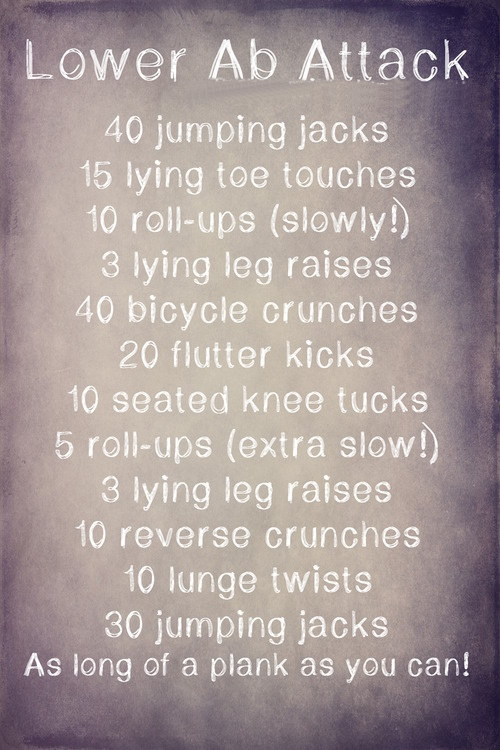
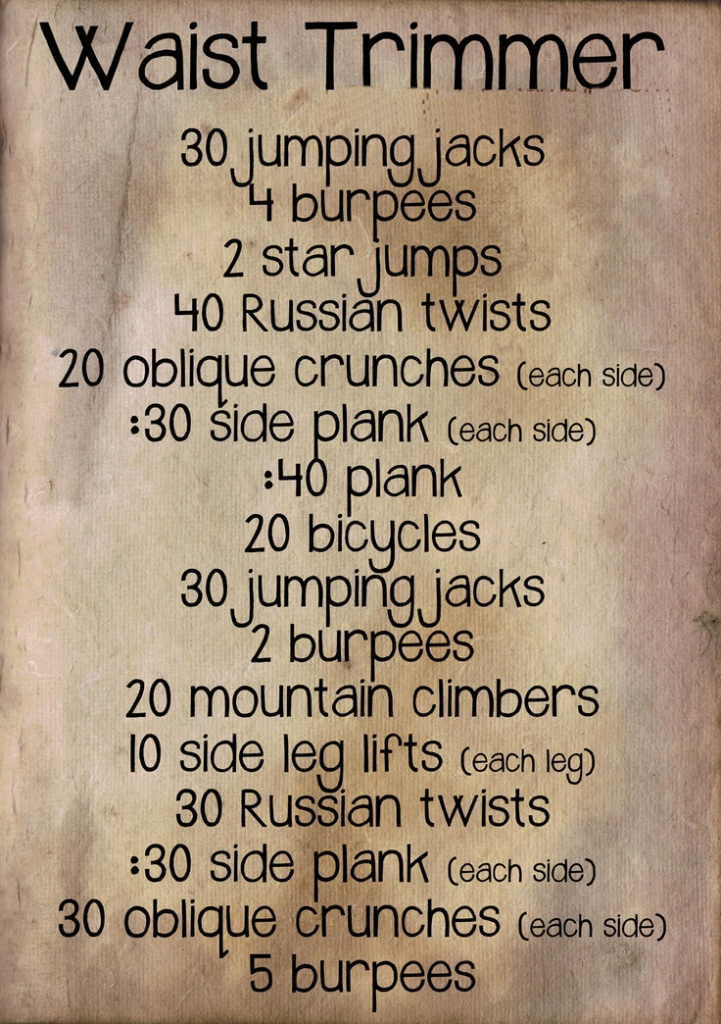
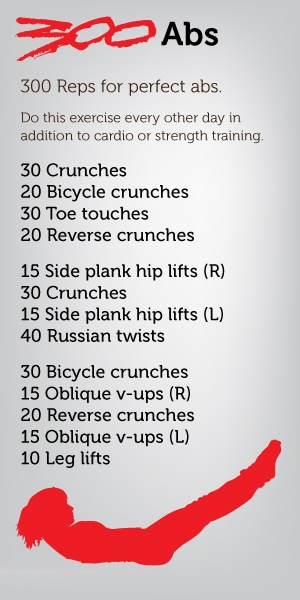
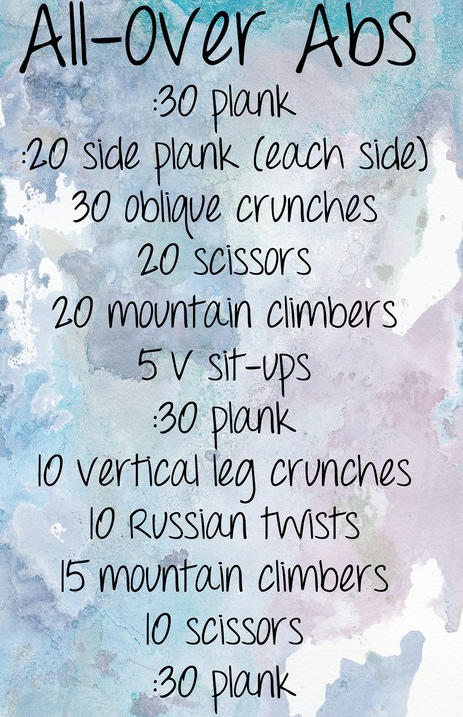
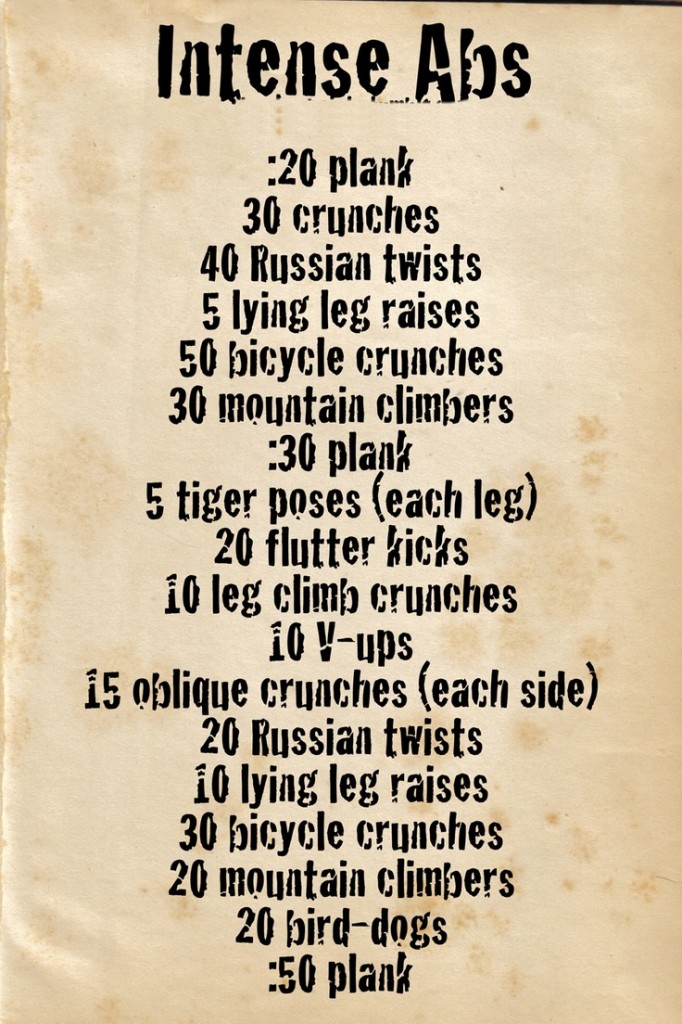
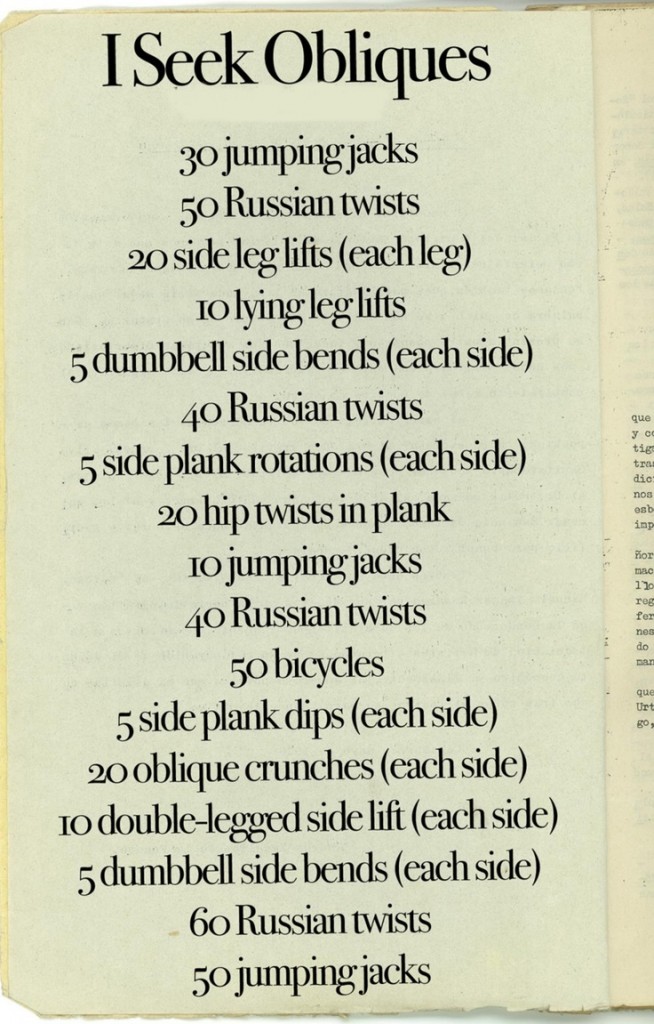
Summing it up
Achieving a strong and defined core doesn’t have to be complicated or require expensive equipment. By incorporating these easy ab exercises into your at-home workout routine, you can effectively target your abdominal muscles and work towards a stronger core. The plank, bicycle crunches, Russian twists, reverse crunches, and standing side bends are all simple yet effective exercises that can help you sculpt your abs and improve core strength.
Regular practice of these exercises not only enhances your physical appearance but also provides numerous benefits, including improved posture, reduced risk of lower back pain, enhanced athletic performance, and increased core stability. Remember to maintain proper form, start with a comfortable level of intensity, and gradually increase the difficulty as you progress.
Stay consistent, stay motivated, and enjoy the journey towards a healthier, more toned you!
References
- Kibler, W. B., Press, J., & Sciascia, A. (2006). The role of core stability in athletic function. Sports Medicine, 36(3), 189-198.
- Youdas, J. W., Guck, B. R., Hebrink, R. C., & Rugotzke, J. D. (2008). The effects of unilateral and bilateral plyometric training on power and sport-specific performance on high school basketball players. The Journal of Strength & Conditioning Research, 22(2), 684-691.
- Lehman, G. J., Buchan, D. D., Lundy, A., Myers, N., & Nalborczyk, A. (2006). Variations in muscle activation levels during traditional latissimus dorsi weight training exercises: an experimental study. Dynamic Medicine, 5(1), 1.
- Escamilla, R. F., Babb, E., DeWitt, R., Jew, P., Kelleher, P., & Burnham, T. (2006). Electromyographic analysis of traditional and nontraditional abdominal exercises: implications for rehabilitation and training. Physical Therapy, 86(5), 656-671.
- Hintermeister, R. A., Lange, G. W., Schultheis, J. M., Bey, M. J., & Hawkins, R. J. (1998). Electromyographic activity and applied load during shoulder rehabilitation exercises using elastic resistance. The American Journal of Sports Medicine, 26(2), 210-220.
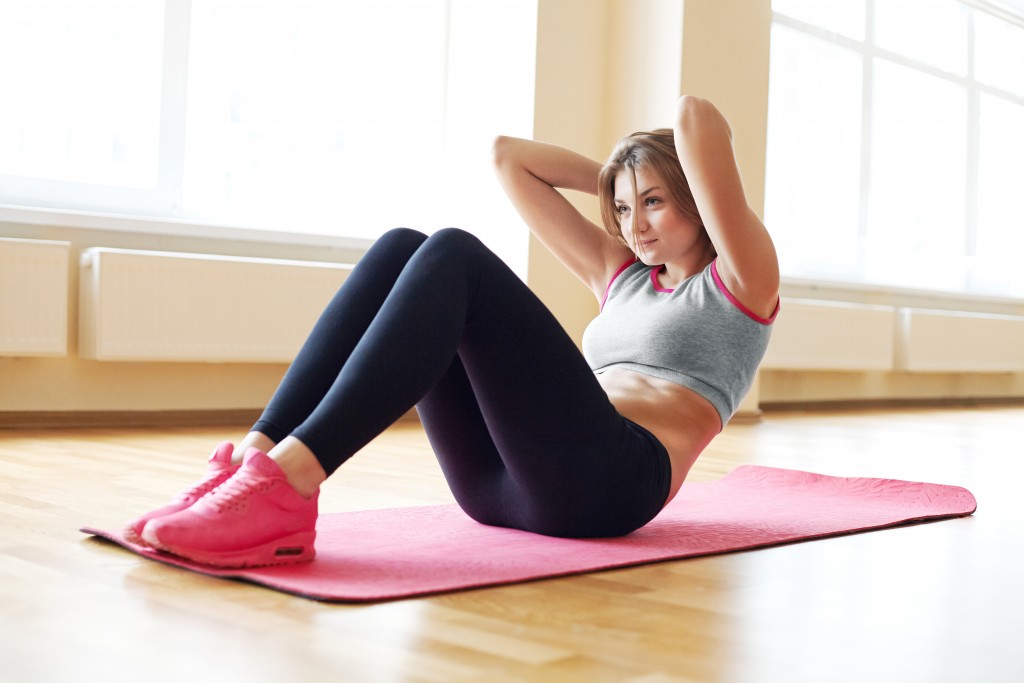

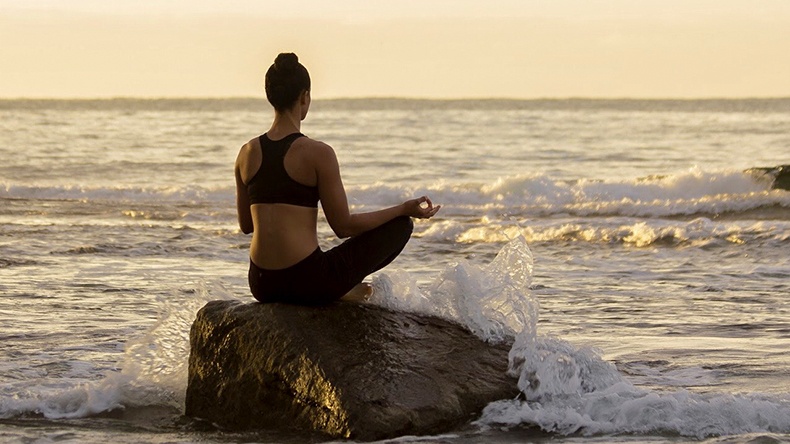

You must be logged in to post a comment.